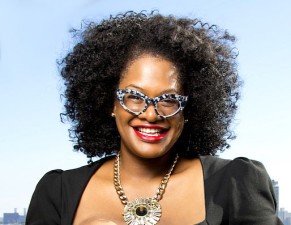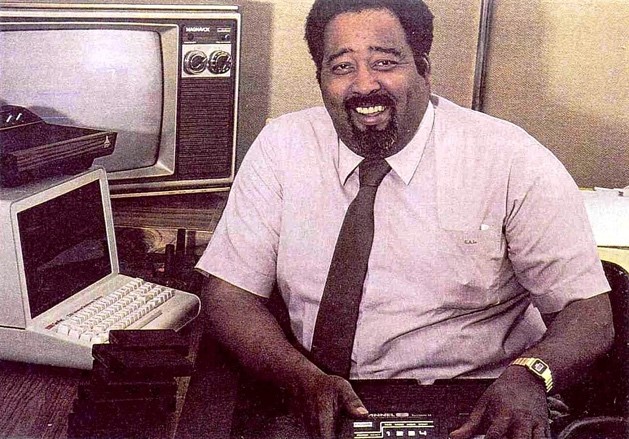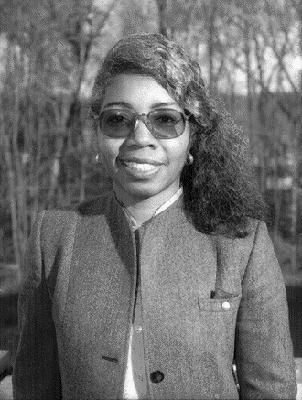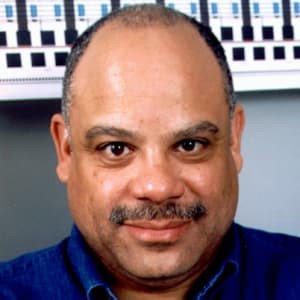While schools and organizations across the country celebrate contributions from the African American community all year long, the month of February formally became recognized as Black History Month by President Gerald Ford in 1976. Over the course of our nation’s history, African Americans have made many amazing contributions to the fields of science, technology, engineering, and mathematics (STEM). This month, we’re highlighting just a few of the many STEM advancements made by African Americans over the last few decades.

Coding Champion
Kimberly Bryant, Executive Director of Black Girls Code, studied electrical engineering in college but was discouraged by the lack of African American women in her classes. In 2011 she launched Black Girls Code to increase access and exposure to computer programming and game design.
(Contact: blackgirlscode.com or Twitter: @6Gems)

Social Engineer
Kathryn Finney, a past member of the National Advisory Council on Innovation and Entrepreneurship (NACIE), founded digitalundivided (DID) to launch Black and Latina female entrepreneurs into success with opportunities including networking, professional development, coaching, and funding.
Kathryn Finney, a past member of the National Advisory Council on Innovation and Entrepreneurship (NACIE), founded digitalundivided (DID) to launch Black and Latina female entrepreneurs into success with opportunities including networking, professional development, coaching, and funding.
(Contact: kathrynfinney.com or @KathrynFinney)

Video Game Innovator
Jerry Lawson, as Director of Engineering at Fairchild Semiconductor, developed the Fairchild Channel F in 1976, the precursor to gaming systems such as Play Station and Xbox. The system touted the first interchangeable game cartridges for home video games.

Inventor of 3D Images
Valerie Thomas was one of two women in her class majoring in physics at Morgan State University. While working for NASA from 1964-1995, she spearheaded the Landsat image processing data system for the first satellites to send images from space. Thomas experimented with concave mirrors and their ability to transmit three-dimensional images. NASA, as well as television and video production, still use the technology today.

User-Friendly Computing
While working as an engineer at IBM, Mark Dean helped develop the first PC color monitor as well as the first gigahertz chip and the Industry Standard Architecture system bus that connected accessories such as printers and disk drives directly to the PC. "'A lot of kids growing up today aren't told that you can be whatever you want to be,' Dean has said. 'There may be obstacles, but there are no limits.'"
African American contributions to (STEM) fields have greatly impacted society. However, there is still an underrepresentation of African Americans in STEM fields. While Blacks represent 13% of the U.S. population, they only make up 6% of engineers, for example. Diversity in the STEM fields will result in rich and innovative solutions for American problems. Find out more about what Nevada is doing to diversify the STEM landscape. How will you make your mark in STEM? Find a STEM career that interests you on the STEMhub Career Matchmaker.